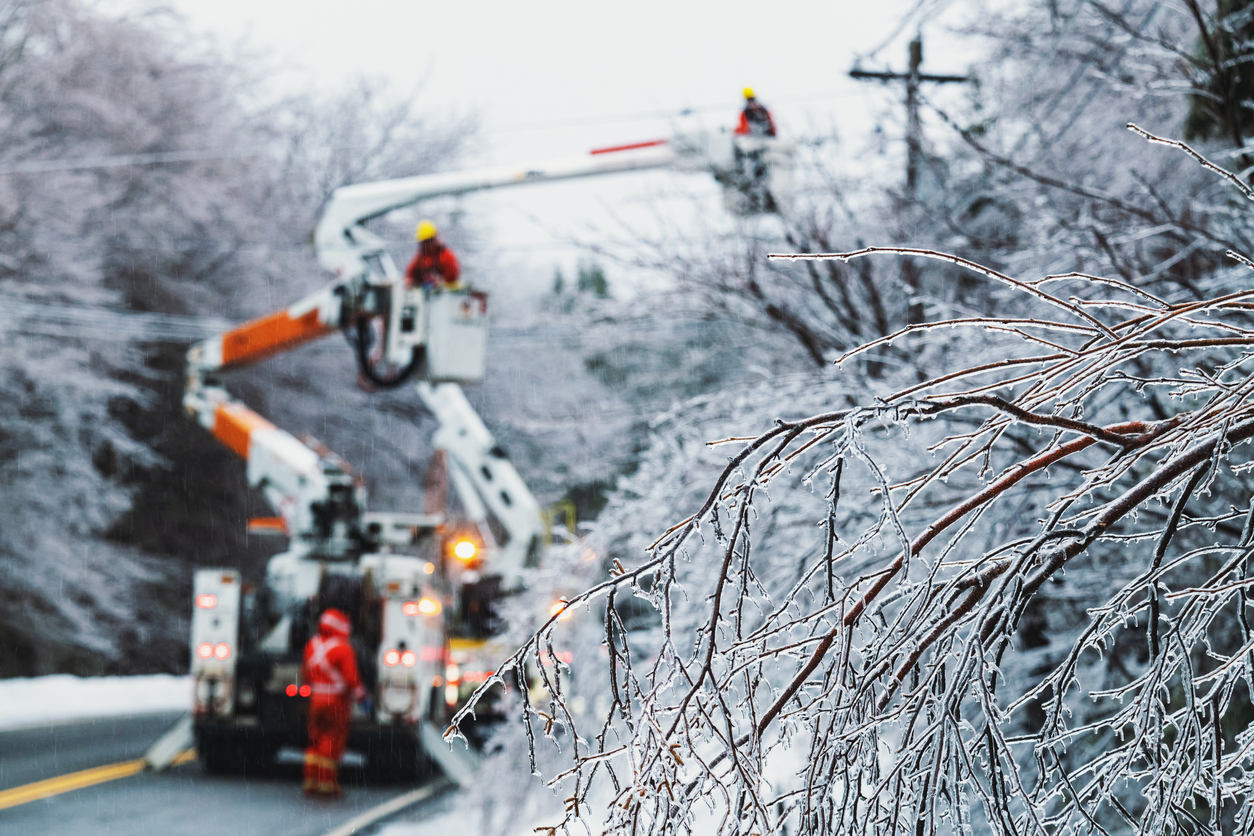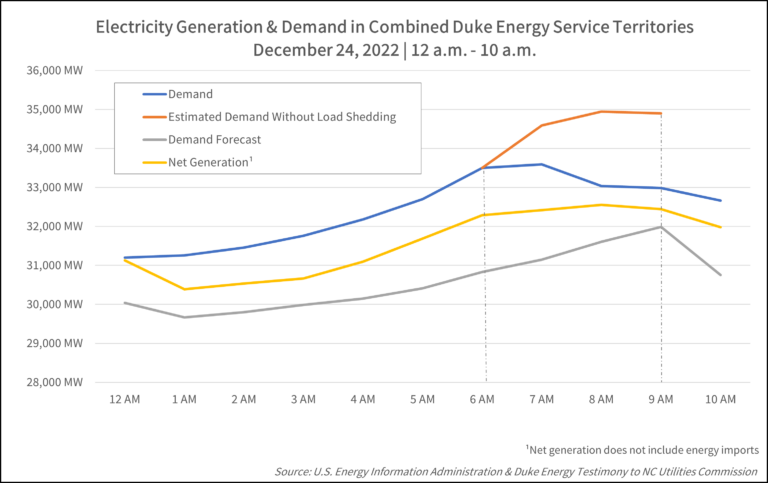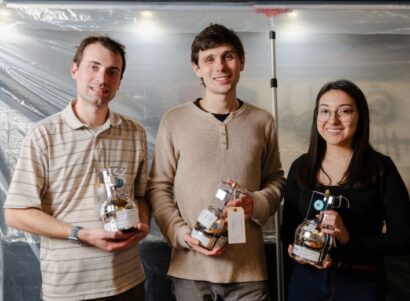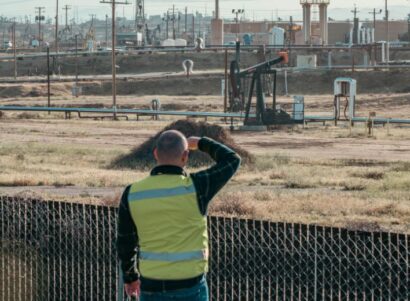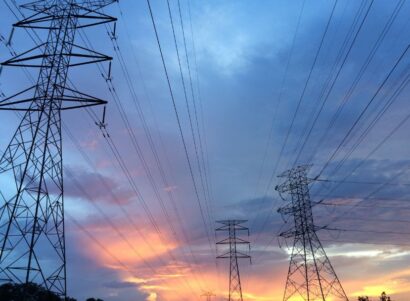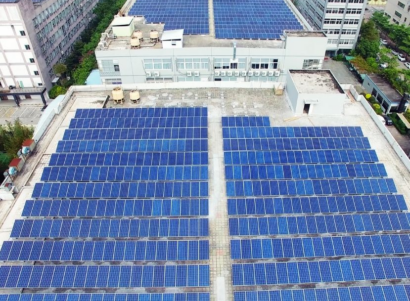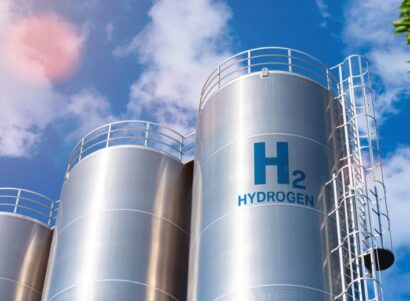Weather-driven power outages have doubled in the United States over the past 20 years. As climate change intensifies extreme weather events, power outages compound the public health and safety risks faced by communities, and particularly by vulnerable populations like low-income families, children, and the elderly. Many communities are seeking to meet these challenges by increasing their energy resilience. To help them navigate this complex challenge, scientists at PSE Healthy Energy (PSE) provide independent, data-driven research targeted to develop solutions to real-world challenges.
A Case Study: Lessons Learned from Storm Elliot
During the early hours of Christmas Eve in 2022, winter storm Elliot brought extreme cold to North and South Carolina. Plummeting temperatures led to a surge in energy demand and mechanical failures at several fossil-fueled power plants leaving the region’s electric utility, Duke Energy, unexpectedly without enough power to meet demand. Neighboring utilities were facing similar challenges and Duke Energy, in order to maintain balance on the electric grid and prevent system-wide failures, decided to cut power to 500,000 of its customers. In a recent analysis, PSE scientists examined why these outages occurred and how similar outages could be avoided in the future.
Providing energy reliability requires a perfect balance of energy supply and demand. Maintaining this balance means that energy utilities must carefully orchestrate energy production to meet the constant ups and downs of customer demand. As Duke customers experienced, sudden loss of supply can lead to widespread power outages.
Strategies to Improve Energy Resilience
How could Duke Energy increase energy resilience during extreme weather events? PSE’s analysis suggests that investments to make homes more efficient could have helped keep the lights and heat on during Christmas Eve. “Rolling blackouts come with huge costs to society. Making our energy system more resilient avoids those costs while keeping people safe,” said PSE Scientist Bethany Kwoka. “Investments in weatherization, energy efficiency, and demand response programs can help keep the lights on by keeping energy supply and demand more stable. Unlike building a new gas-fired power plant, these strategies have the added benefit of lowering energy costs for customers and reducing climate and health-damaging pollution.”
Specific mitigation measures for North Carolina include:
- Fewer than 5 percent of low-income households in North Carolina have participated in a non-behavioral focused energy efficiency or weatherization program. Scaling existing programs to address Duke’s nearly 900,000 low-income households could lower winter peak demand by nearly 100 MW.
- Approximately 25 percent of households still use electric-resistance heating. Upgrading 85 percent of these households to high-efficiency heat pumps could reduce winter demand by 200 MW.
- Increasing participation in programs that shift residential energy demand (i.e., demand-response programs) to 60-80 percent of Duke’s households in North Carolina could help lower peak demand, avoiding the need for new expensive power plants.
Maximizing the Benefits of Energy Investments
By law, Duke must reduce carbon emissions by 70 percent by 2030 compared to 2005 levels and reach carbon neutrality by 2050. PSE’s analysis finds that prioritizing efficiency and clean energy investments for low-income and vulnerable populations can help maximize their benefits—increasing energy resilience, public health, emissions reductions, and energy affordability. These findings align with research from PSE and the Institute for Energy and Environmental Research (IEER) in Colorado and Maryland.
“What we see in North and South Carolina is similar to what we are finding in states across the country,” said PSE’s Senior Engineer Ana McPhail. “Energy policy treats reliability as separate from issues like affordability and climate change, but in reality, they are inextricably linked. Finding solutions to these complex challenges requires a holistic approach.”
This analysis was conducted for Appalachian Voices, with funding from The Climate and Clean Energy Fund. Through this project, PSE scientists provided independent and locally-relevant research and identified holistic energy resilience solutions that increase financial benefit to society through better health, healthier housing, and access to affordable clean energy.
